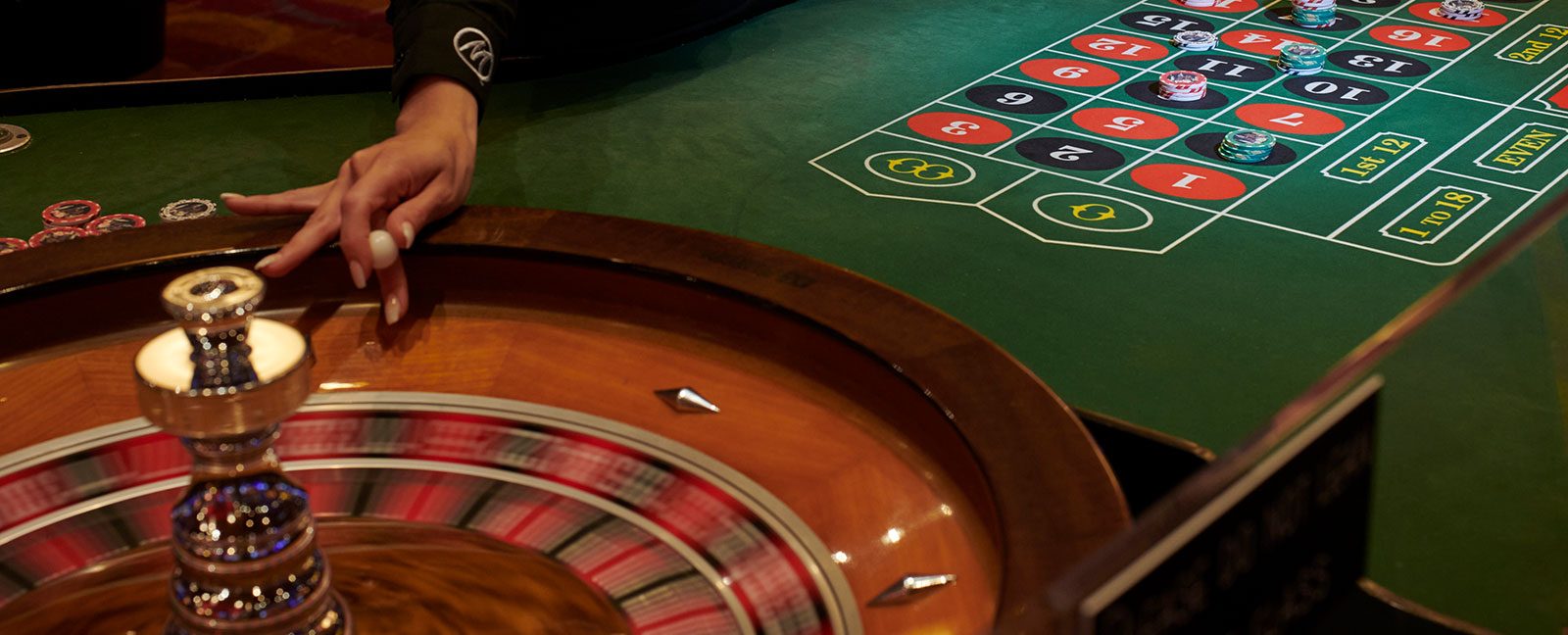The history of gaming machines is a captivating narrative that mirrors the progress of entertainment and gambling throughout the ages. Beginning in their simple beginnings in the 1890s to turning into a mainstay in casinos across the planet, these games of fortune have undergone significant transformations. Casino slots games have enthralled players with their colorful visuals, enticing themes, and the hope of life-changing prizes.
Initially made as mechanical instruments with turning cylinders and few images, slot machines have evolved into cutting-edge electronic games that include advanced technology and dynamic features. Today, they draw in millions of players, each aspiring to win big with just the yank of a lever or the press of a tap. Exploring the intriguing background of these devices discloses not just the narrative of a popular pastime, but also a reflection of societal changes and technological advancements over the years.
The Beginnings of Slot Machines
A tale of slot machines originates in the final years of the 19th century, a time when mechanical devices were becoming popular in places of amusement. The first true slot machine came into existence by Charles Fey in 1895, known as the Liberty Bell. It featured 3 spinning reels and 5 symbols: hearts, diamonds, spades, a horseshoe, and the famous Liberty Bell. Players would pull a lever to spin the reels, and if the symbols matched in a specific combination, they would win a payout. Fey’s invention rapidly captured the attention of gamblers and set the foundation for future developments in casino slots games.
As the concept of the slot machine gained traction, numerous inventors sought to improve upon Fey’s design. By the early 1900s, these machines were becoming a frequent presence in saloons and amusement parks. In 1907, the first electromechanical slot machine was launched by Herbert Mills, featuring a more intricate system of payout mechanisms and the iconic fruit symbols that are still linked to slots today. This evolution marked a major shift in the gaming industry, as machines became more engaging and user-friendly, attracting more players.
The popularity of slot machines continued to soar throughout the first half of the 20th century, leading to their widespread adoption in casinos across the United States. However, the rise of legal restrictions on gambling during the Great Depression posed challenges for the industry. Many machines were banned, but this did not stop innovators. Instead, they adapted by creating machines that dispensed candy or gum instead of cash prizes, effectively circumventing the restrictions while still providing the thrill of a casino slots game. This ingenuity kept the spirit of gambling alive, setting the stage for the future resurgence of slot machines in modern casinos.
Advancement of Gambling Machine Technology
The story of gambling machines started in the late 19th hundred years with the invention of the early mechanical machines. Charles Fey, a California craftsman, presented the Liberty Bell in 1895, which boasted three revolving reels and five images: heart shapes, diamond shapes, spades, a lucky horseshoe, and the bell symbol itself. This basic yet enthralling design laid the groundwork for the progress of casino slots game, creating an swift attraction for gamblers searching for fun and a chance to gain.
As tech progressed, so did the styling and capabilities of gambling devices. By the mid 20th era, electromechanical machines surfaced, adding electronic elements to enhance gameplay and boost payout possibilities. These improvements permitted for more complex features like various paylines and greater jackpots. The casinos adopted these innovations, resulting in the growth of casino slots as a major provider of profits within the gaming industry, radically transforming the casino slots game experience.

The closing 20th and beginning 21st centuries introduced the digital revolution, causing the launch of digital slots. These gaming units replaced traditional reels with monitors, enabling even more imagination in themes and gameplay features. Gamblers could now appreciate rich graphics and sound effects, along with dynamic bonus rounds. The move to online casinos further transformed the gambling world, making slots reachable to a global market anytime and anywhere, thus marking a fresh chapter in the development of gaming machine advancements.
A Social Influence of Slot Machines
These gaming machines have become more than just a form of leisure; they have integrated into the essence of mainstream culture. Across movies and TV series to music and literature, these iconic gaming machines often act as emblems of luck and gambling. Films like The Casino and Ocean’s 11 prominently feature slots, depicting them as exciting yet unpredictable elements of the gambling experience. Their unique attraction lies in the noise of coins clinking, the revolving reels, and the vibrant flashing lights, which together create an electric atmosphere that draws people in. xo88 pro
In addition, slot machines have influenced social gatherings and events, making them a focal point in casinos and gaming venues. Numerous individuals do not just visit a casino to gamble; they go for the full experience, which encompasses the social interactions and the vibrant ambiance surrounding these machines. Special tournaments and themed gaming nights centered around slots also showcase their popularity, fostering community engagement and shared experiences among players. This social element has contributed to the machines’ lasting popularity.
The advancement of technology has further transformed this cultural impact. Digital and online slots have expanded access to these games well beyond the walls of physical casinos. Players can now get their favorite casino slot games from home or on the go, leading to the rise of online communities and discussion boards where enthusiasts share strategies and experiences. The continuous innovation in game design and the integration of storytelling have kept the cultural significance of slot machines alive, attracting younger audiences while maintaining a connection to their cultural roots.
